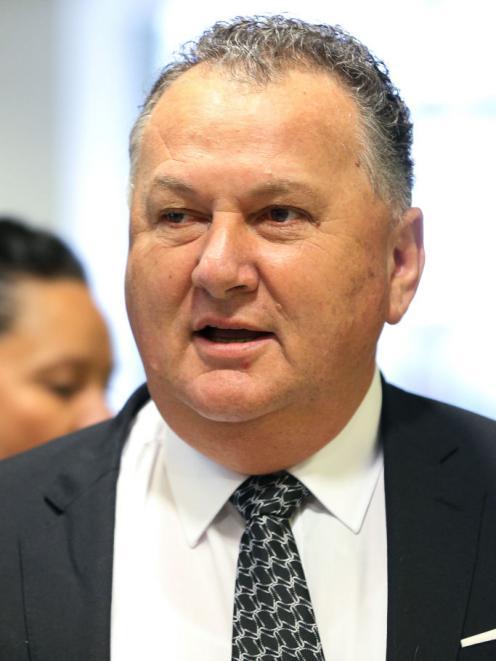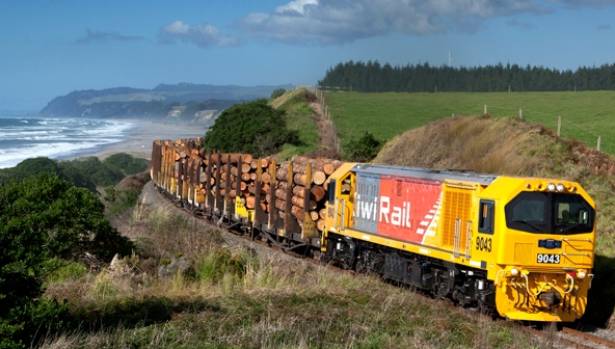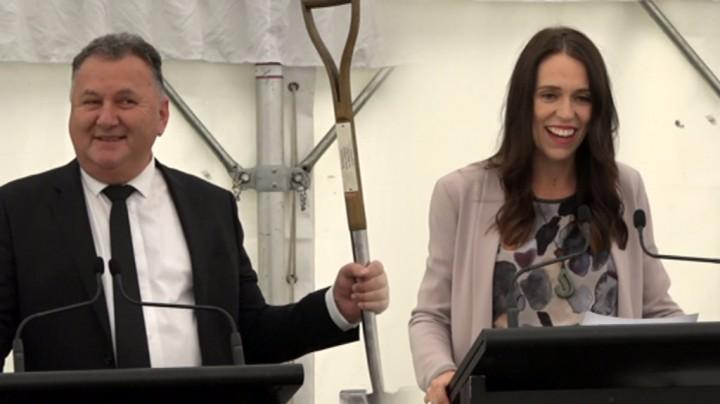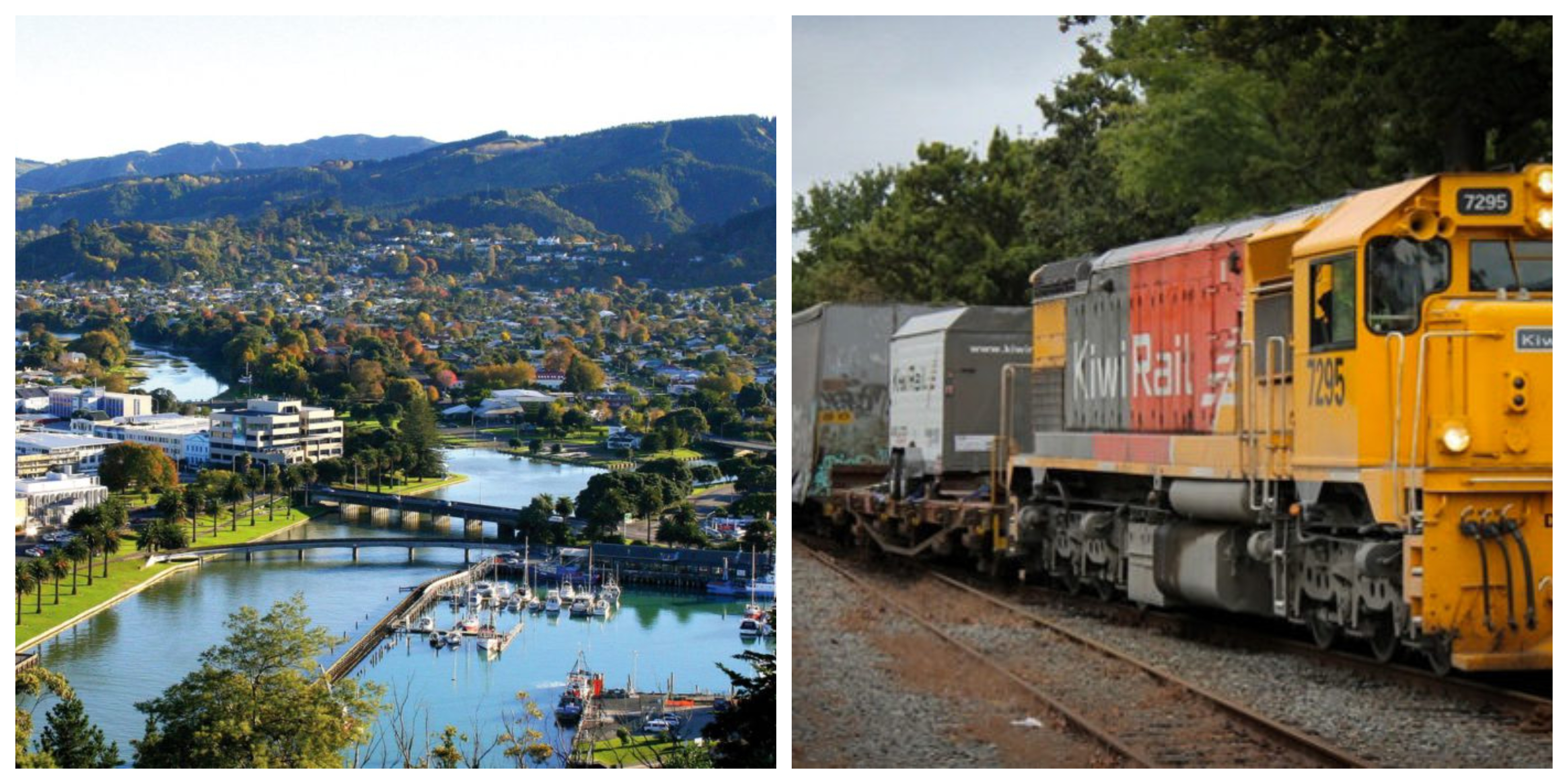Ever since the Labour-New Zealand First government launched its $1 billion per year Provincial Growth Fund (PGF), it has been criticized by the Opposition for bearing hints of regional favouritism. Their contention was that the region of Northland, which happens to be the home region of the Minister responsible for the PGF – Shane Jones – and the Deputy Prime Minister Winston Peters, has seemingly taken the lion’s share of the fund allocations.

While there are plenty of reasons to justify pouring large sums onto the Tai Tokerau, it is unfair to state that they have dominated the allocation of funds thus far. On the eastern coast of the North Island, the regions of Gisborne and Hawke’s Bay have also been blessed by the PGF.
This week, the Government announced a large $152 million investment package for the Tairawhiti (East Coast) which will be on top of millions of dollars of prior funding pledges. The amount represents the “biggest funding commitment by far” from the PGF, and which will fund mostly transport-related projects.
The Hon. Shane Jones said transport in this region had “suffered from historical under-investment and recurring extreme weather events”, which defends the significant investment. As part of the transport package, $5.5 million will go to redeveloping the Gisborne Airport alone to boost regional flights.
The funding package also provides $137 million for roading projects, which will be further augmented by the Land Transport Fund to free up an aggregate total of $312 million for the region to spend on improving road quality and connectivity. Jones disclosed that these projects will help locals “get goods from farm gates and forests to the local and global markets”.
Aside from land transport, there were also earlier disclosures by the Government of plans to upgrade the Gisborne wharf using the PGF. The existing wharf in the Gisborne suburb of Hicks Bay was in a state of disrepair, and thus significant investment was necessary to allow the transport of timber without putting pressure on the highways.

In the Hawke’s Bay region, a major transport initiative given funds by the PGF is the reopening of the Wairoa-Napier line. This project was particularly important to the forestry-dependent region, the reopening of the freight line is estimated to take “5714 [logging] trucks a year off the road” and “reduce carbon emissions by 1292 tonnes” according to KiwiRail.
Work to reopen the line started in February, with a budget allocation of $5 million from the PGF and finally reopened in June. It marked the first time trains journeyed the rail line in six years, after the line was scrapped by KiwiRail in 2012 following devastating slips.
Beyond transport, funding to stimulate economic activity in the East Coast regions have also been supported by the PGF.
A $250,000 sum was provided to help develop business cases in Wairoa, so that more funding can be provided by the PGF to create new revenue generators for the area. The town also stands to receive a separate $100,000 to assess the land use potential and economic impacts of the local Whakaki catchment, again from the PGF.

An initial contribution of $200,000 was provided to kick-start a Wood Processing facility in Gisborne, which is envisioned to create 167 jobs. The same city has also been given $500,000 to expand their Far East Sawmill, with the intention of increasing the number of people they employ as well as their wood processing capacity.
To boost labour productivity, a $300,000 feasibility study has been funded to investigate the creation of a forestry training school in Gisborne. It is particularly important given this Government’s commitment to revive forestry in New Zealand, and Jones also happens to be the Minister for Forestry.
The pledges made and funds already disbursed represent a total of just under $200 million for the Tairawhiti, or 20% of the yearly PGF allocations. That is a significant share, and one which puts into question the Opposition’s allegations that Northland have dominated the distribution of funding.

